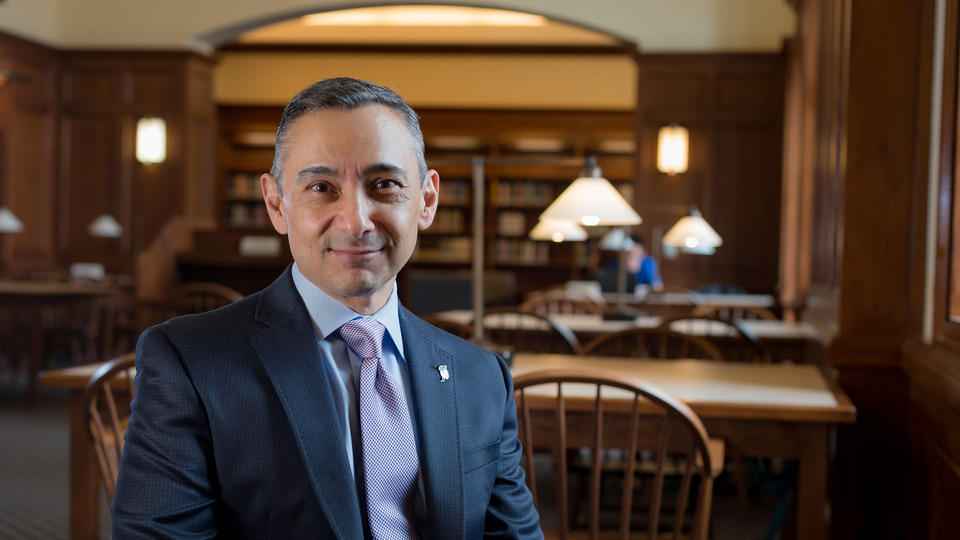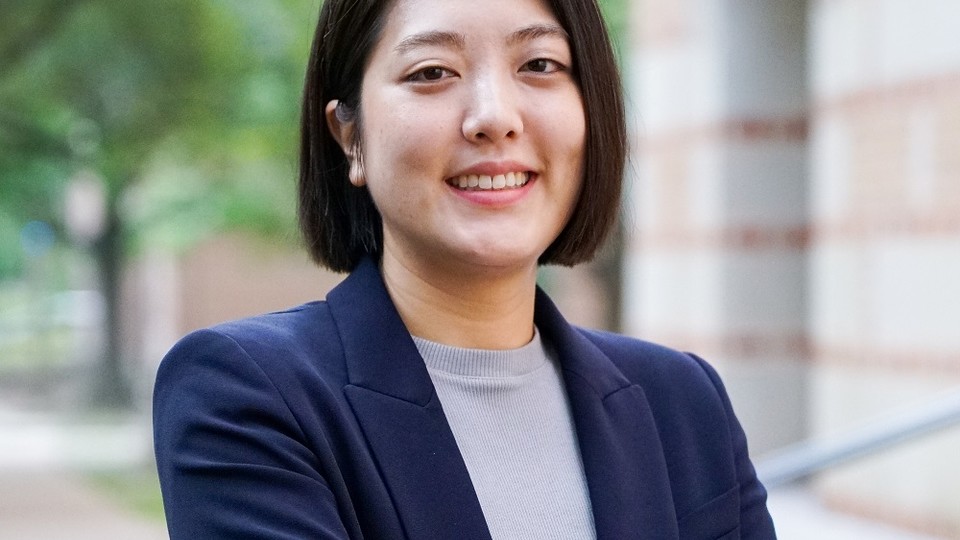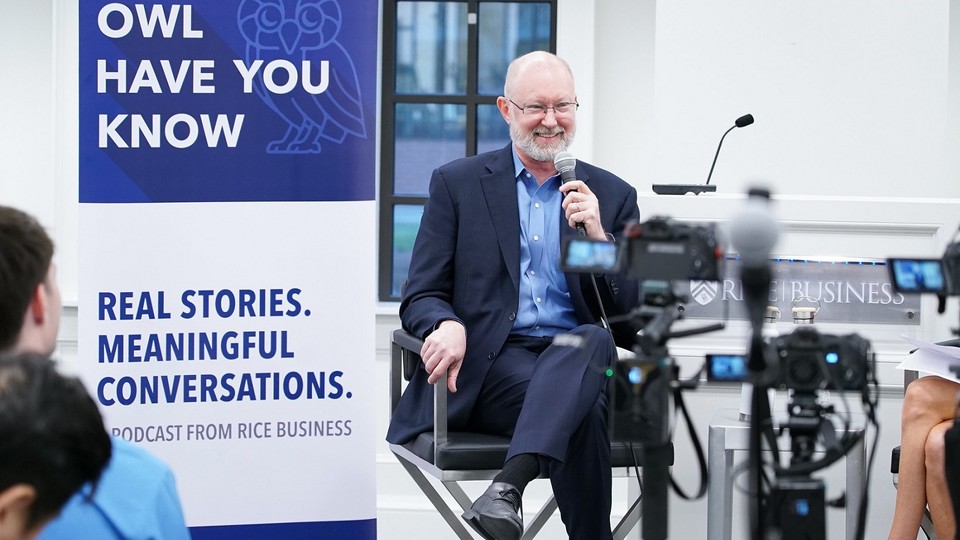Rice Business makes top 10 in multiple categories of Princeton Review rankings
Rice University’s Jones Graduate School of Business ranks in the top 10 in five categories in The Princeton Review’s Best Business Schools 2022 rankings. Rice Business’ online MBA program, MBA@Rice, is ranked No. 4 in just its second year of eligibility. That's two spots higher than last year.
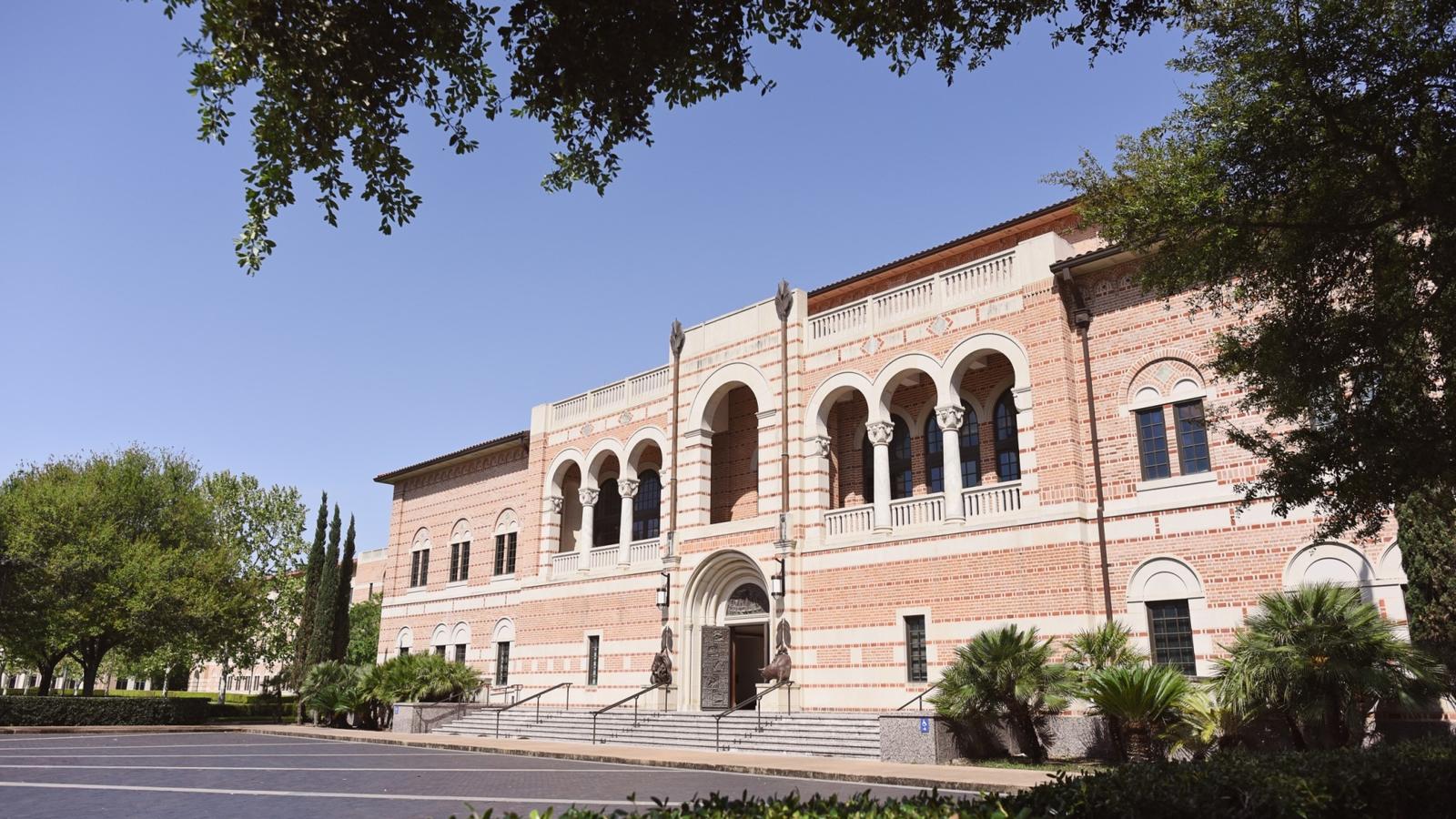
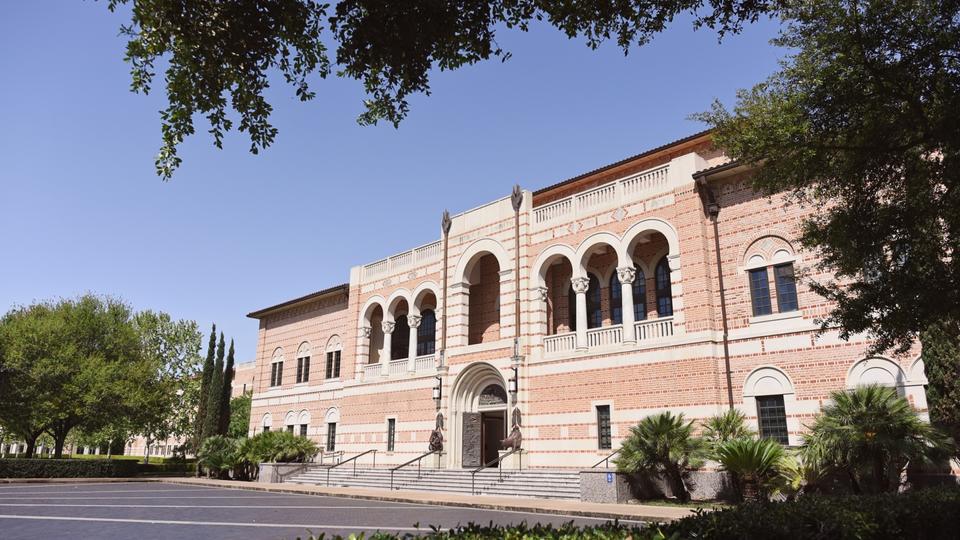
Rice University’s Jones Graduate School of Business ranks in the top 10 in five categories in The Princeton Review’s Best Business Schools 2022 rankings.
Rice Business’ online MBA program, MBA@Rice, is ranked No. 4 in just its second year of eligibility. That's two spots higher than last year.
Other rankings (for on-campus programs) include:
- Best Classroom Experience — No. 5
- Best MBA for Finance — No. 6
- Most Competitive Students — No. 7
- Best MBA for Consulting — No. 10
The Princeton Review business school rankings come on the heels of other recent high marks for Rice Business. Its entrepreneurship programs are ranked No. 1 by Princeton Review and Entrepreneur Magazine, No. 3 by Poets and Quants and No. 5 by Bloomberg BusinessWeek, and MBA@Rice is ranked No. 9 by U.S. News and World Report.
For methodology on the Princeton Review rankings, click here.
You May Also Like
At HEC Paris & Other European B-Schools, U.S. & Canadian Apps Are On The Rise
All but three of the leading B-schools in the U.S. saw increases in their international student populations; the other three were even. The average increase was 8.7 percentage points, with the biggest occurring at Rice Business: 19 percentage points, from 20% to 39%.
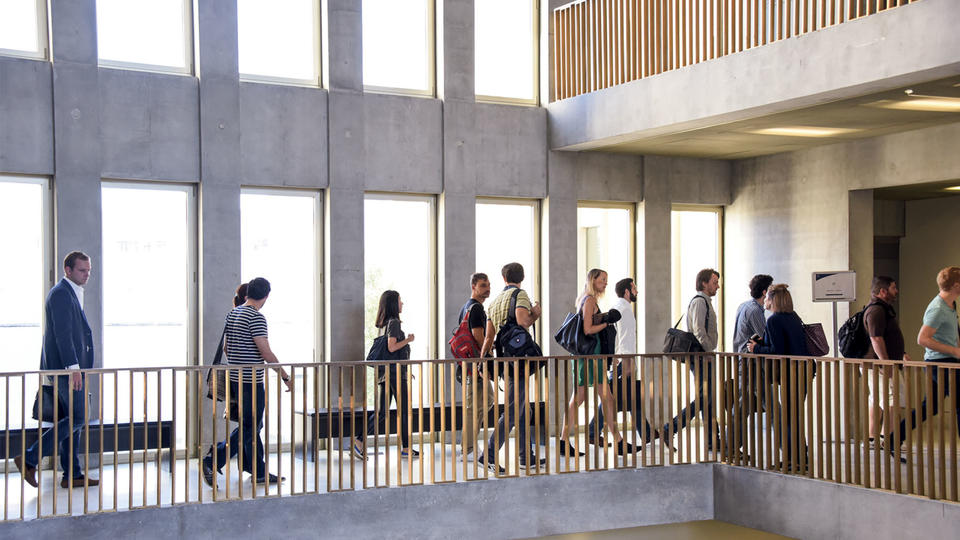
Rice MBA students win U.S. Chamber of Commerce Foundation competition
MBA students from Rice Business won the school’s second straight competition at the U.S. Chamber of Commerce Foundation’s MBA Case Competition. This year’s winners- Abhimanyu Bansal, Maya Stine and Nicholas Khater- won a total of $10,000 at the competition, beating 49 other schools from around the globe.
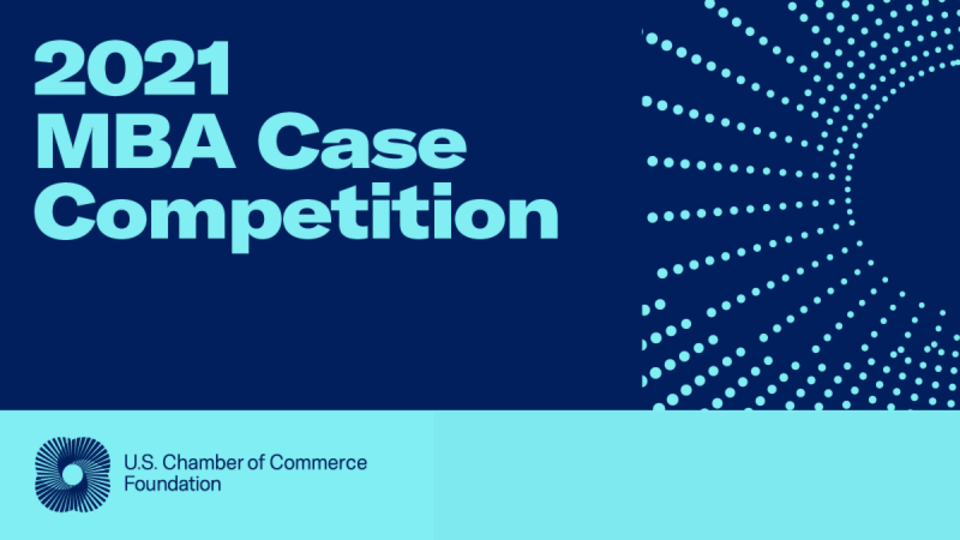
Real Humans of the Rice Jones MBA Class of 2023
Get to know new members of the Rice Business MBA Class of 2023 in this edition of Clear Admit's Real Humans: MBA Students.
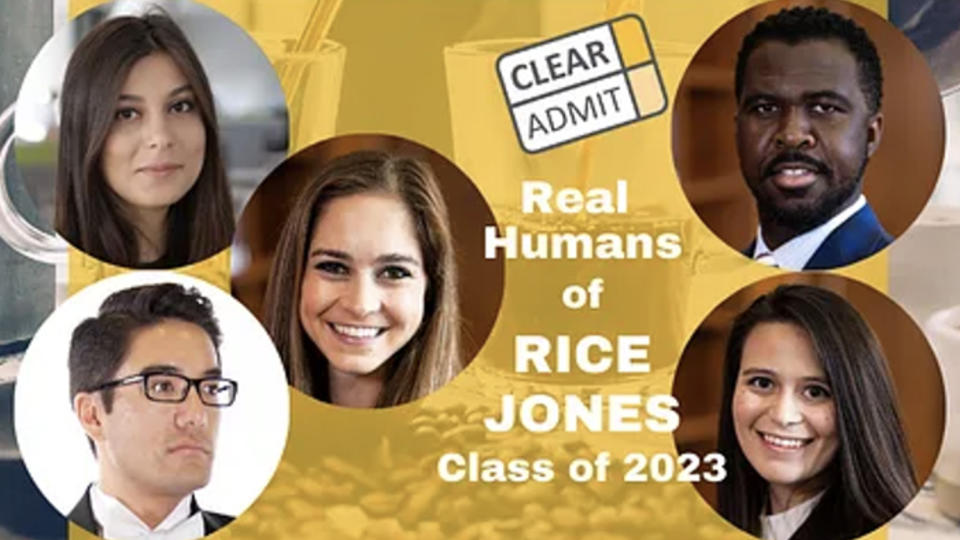
HELIX ENERGY SOLUTIONS GROUP INC : Change in Directors or Principal Officers, Financial Statements and Exhibits
Effective December 8, 2021, Rice Business alumnus Brent Arriaga was appointed Chief Accounting Officer and Corporate Controller of Helix and designated as its principal accounting officer.

The Reciprocity Between Research and Real-World Experience feat. Dr. Alan Crane
Season 2, Episode 5
Dr. Alan Crane, Associate Professor of Finance at Rice Business, joins host David Droogleever to discuss his teaching experience, how economics and finance go together and the importance of research in the commercial world.
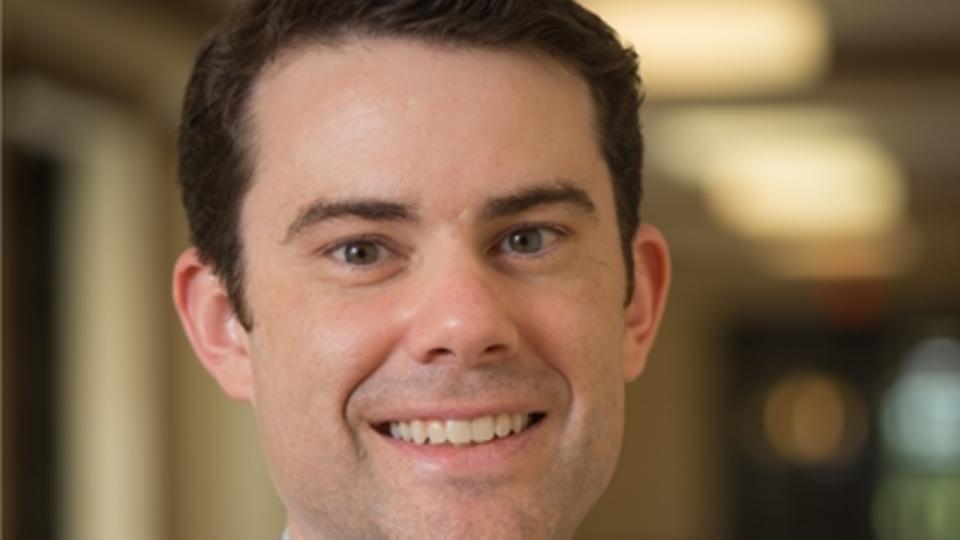
Owl Have You Know
Season 2, Episode 5
Dr. Alan Crane, Associate Professor of Finance at Rice Business, joins host David Droogleever to discuss his teaching experience, how economics and finance go together and the importance of research in the commercial world.
Subscribe to Owl Have You Know on Apple Podcasts, Spotify, Youtube or wherever you find your favorite podcasts.
You May Also Like
2021 Most Disruptive MBA Startups: Green Room, Rice University (Jones)
Green Room, a startup launched by Sophie Randolph '22, has been named a Poets & Quants Most Disruptive MBA Startup of 2021.
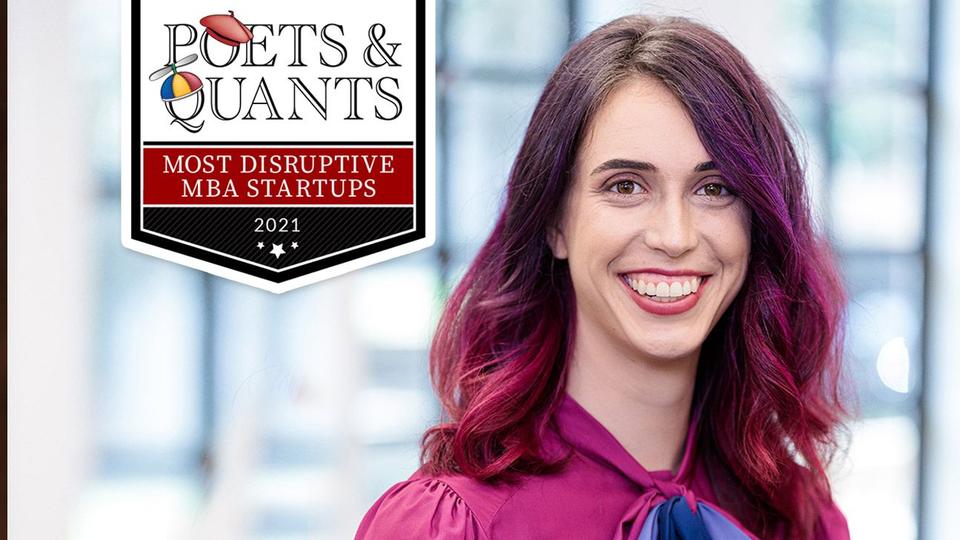
Latina named to top spot at Rice University’s Kinder Institute
Ruth López Turley, a professor of sociology and director of Rice University's Houston Education Research Consortium, will head the Kinder Institute for Urban Research when current director Bill Fulton steps down on June 30.
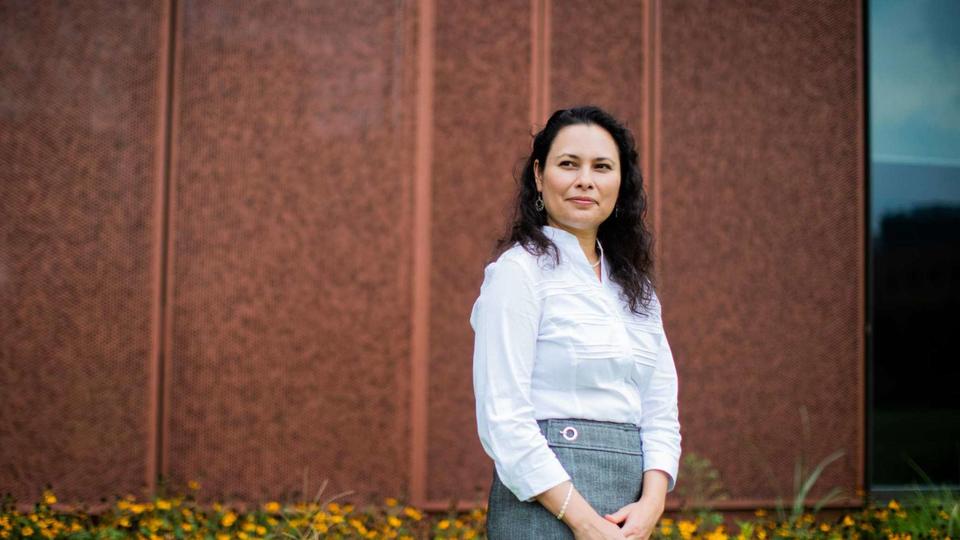
Patents as loan collateral can help businesses meet financial needs, study shows
Patents are becoming an innovative source of collateral for businesses borrowing money, and there’s a time-critical sweet spot for lenders trying to calculate how much those patents are worth, according to new research co-authored by Yan Anthea Zhang, chair professor of strategy at Rice Business


Patents are becoming an innovative source of collateral for businesses borrowing money, and there’s a time-critical sweet spot for lenders trying to calculate how much those patents are worth, according to new research from Rice University experts and collaborators.
Researchers from Rice's Jones Graduate School of Business, American University and Sichuan University studied how the novelty of a patent’s foundation – in other words, whether the patent is based upon more recent or relatively old prior inventions - affects how much it’s worth as collateral. They used data from 107,180 semiconductor patents owned by 436 U.S. firms in the industry. The researchers focused on how a patent’s “external technology linkage” – how often an inventor cites other businesses’ patents – can help lenders assess how much the patent might be worth to other firms.
“We find an inverted U-shaped relationship between the newness of a patent’s external technology linkage and the likelihood that the patent will be used as collateral,” wrote authors Yan Anthea Zhang, chair professor of strategy at Rice Business, Zhuo Emma Chen, assistant professor of strategy at American University, and Yuandi Wang, professor of strategy at Sichuan University.
Patents linked to newer inventions have a lower risk of obsolescence. But if the related inventions are too new, it raises the risk for lenders that the underlying technologies may not have been market-tested. The authors find that new patents linked to moderately new inventions are more likely to be pledged — that is, put up as collateral.
“Within a given firm’s patent portfolio, higher-quality patents (those that have been frequently cited by others) are more likely to be accepted by lenders as loan collaterals,” the authors wrote.
“None of the other patent characteristics — a patent’s claim counts, technology class counts, references to non-patent literature and originality — are related to the likelihood of being pledged.”
The authors investigated how the firms themselves affected this likelihood. If the borrowing firms’ patents are highly specific to that firm, meaning the patented technology is useful mainly to them, lenders’ concerns about the untested market for the technology rises. But if the borrowing firm’s business aligns with the same technological domain as the patent, the market would give the firm greater credibility and reduce lenders’ concerns about the risk of unverified patented inventions.
They also found that a firm's prior experience in putting up patents as collateral matters. Compared to firms with no or little experience, patents owned by firms that have more patent pledge experience are more likely to be accepted.
“As patent pledge represents a financial innovation, which is still in the early stage of adoption, firms that have more experience in patent pledge know how to do it and more importantly, have higher credibility in lenders’ eyes,” they wrote.
Borrowing against patents opens new doors for inventing firms, but lenders still face great challenges assessing the risk of accepting them as collateral.
You May Also Like
Dallas Fed Appoints Rice University Dean Peter Rodriguez to Houston Branch Board
The Federal Reserve Bank of Dallas has appointed Rice Business Dean Peter Rodriguez to its Houston Branch board of directors for a three-year term beginning January 1, 2022.
